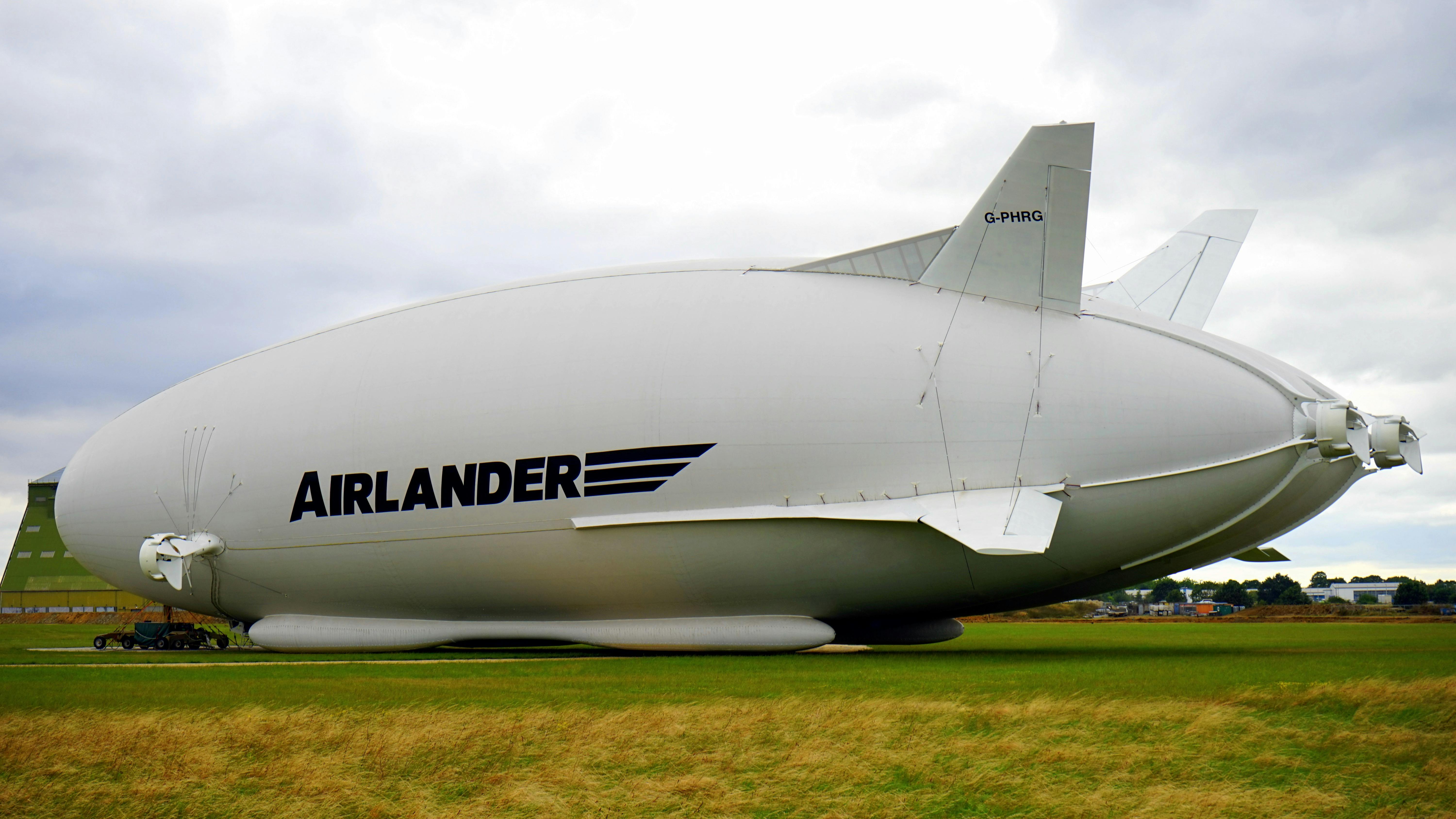Remarkable Revival of the Zeppelin: A Subtle Shift in Modern Travel
The skies have long been a fascination for humankind, and the desire to master them has led to some of the most significant advancements in travel. Among these, the zeppelin holds a unique place in history. Its rise, fall, and recent revival have sparked a subtle shift in contemporary travel trends. So, what's the story behind the zeppelin, and why is it making a comeback?

The Zeppelin: A Glimpse into the Past
The zeppelin, named after its inventor, Count Ferdinand von Zeppelin, is an airship that stands out for its rigid structure. In the early 20th century, these magnificent giants ruled the skies, offering an unprecedented level of luxury and leisure in air travel.
However, the catastrophic crash of the Hindenburg in 1937, broadcast worldwide, marked the beginning of the end for the zeppelin era. The incident fueled safety concerns, and as faster and more efficient airplanes emerged, zeppelins fell out of favor.
A Modern Resurgence: The Zeppelin NT
Fast forward to the 21st century, and the zeppelin is enjoying a quiet resurgence, thanks to the Zeppelin NT. This modern incarnation of the classic airship has been designed with a focus on safety and efficiency, and it offers a unique travel experience that aligns with the current trend of experiential travel.
Unlike traditional aircraft, the Zeppelin NT provides a slow, leisurely journey. It allows travelers to truly take in their surroundings, making it an ideal choice for sightseeing tours. Additionally, the Zeppelin NT’s low noise and emission levels make it an appealing option in an age increasingly concerned with sustainability.
The Zeppelin Experience: Pros and Cons
The zeppelin’s revival offers a travel experience like no other. Its slow pace provides an intimate connection with the landscape below, a stark contrast to the hurried experience of modern air travel.
However, the zeppelin does come with challenges. Its size and speed limit its use to short, local journeys. Furthermore, compared to an airplane, a zeppelin is weather-sensitive, and its operations can be easily affected by adverse weather conditions.
Practical Zeppelin Travel Insights
- For a unique sightseeing experience, consider a zeppelin tour. They are particularly popular in places with stunning landscapes, such as Lake Constance in Germany or the Napa Valley in the USA.
- Bear in mind that zeppelin travel is weather dependent. Always check the forecast before booking your trip.
- While it may not be the fastest mode of transport, the zeppelin’s leisurely pace makes it a perfect choice for slow travel enthusiasts.
- Zeppelin travel is a unique experience, but it’s not for everyone. If you’re afraid of heights or prone to motion sickness, it may not be the best choice for you.
A Fresh Perspective on Travel
The revival of the zeppelin introduces a fresh perspective in modern travel. It’s a subtle shift, but one that aligns well with the current trends of experiential and sustainable travel. As we continue to explore new ways to travel, the zeppelin serves as a reminder of the beauty of taking things slow and savoring the journey. After all, travel isn’t always about the destination—it’s about how you get there.




